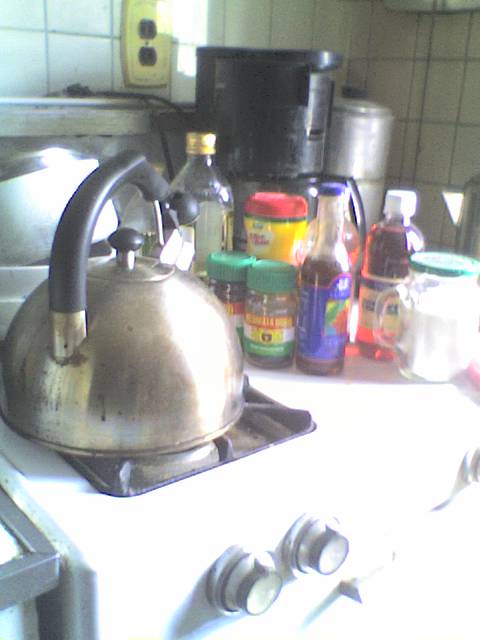Saffron is one of the world's most ancient of spices. It has been in use since Cleopatra and Alexander the Great. Now after over 2,000 of cultivation something new is happening ushering in a new age for the spice. It is being scrutinized as never before.Why? Because , like anything lux product it is being upstaged by cheaper, less purer variations and forms.
Elaine Sciolino wrote the investigative piece for last Wednesday's New York Times Food section. It seems that these much prized pistils of the crocus plant is under some controversy right now. The grains have been tampered with, cut , the same way cocaine is cut or diluted down to sustain the harvest.This creates an inferior grade product which leads to it ruining dishes that require it(think of that luscious recipe, risotto Milanese with inferior grade saffron.It would lose that amazing , unique flavor). Today there is a battle to stop this along with the halt of cheap substitutes, diluted shipments,and false labeling.It is called Saffronomics. This is where scientists and growers get together and improve saffron production along with determining purity and place of origin. They also impose order on a wildly unregulated market.After all some manufacturers are a little more than family farms, more or less off the grid in small farms.some of these go to the local market, Some go to Spain., all unregulated.
There was a global conference in Almagro , Spain back in September.There was discussions of the huge amount of fraud saffron being sols worldwide. According to Professor, J.S. Heslop-Harrison who teaches genetics at England's University of Leicester this is a major problem that is robbing foodies , chefs and home chef's worldwide of the spice 's exotic tangy taste and highly aromatic smell.Luckily diluted saffron doesn't pose a health hazard.The meeting also produced talks about fraud detection through a variety of more sophisticated tests from simple spectroscopy that tests the pollen's color to more sophisticated DNA tests.They want to know if samples were artificially dyed or if plant compounds such as corn silks or safflower thistle has been added. Saffronomics is in the process of developing detailed databases of adulterants and regional varieties (Spanish and Iranian saffron widely differ yet look the same).As home chefs know the spice is one of the most expensive on the market.It can sell for up to $10,000 a pound.
Saffron is still the most desired spice as it had been in Cleopatra's and Alexander's day.Yet now the financial stakes are much much higher.There is intrigue and illegal deals Luckily there are now Saffronomics to rein in this new age of spice trading.
Saturday, January 2, 2016
The New Age Of Saffron
Subscribe to:
Post Comments (Atom)




No comments:
Post a Comment